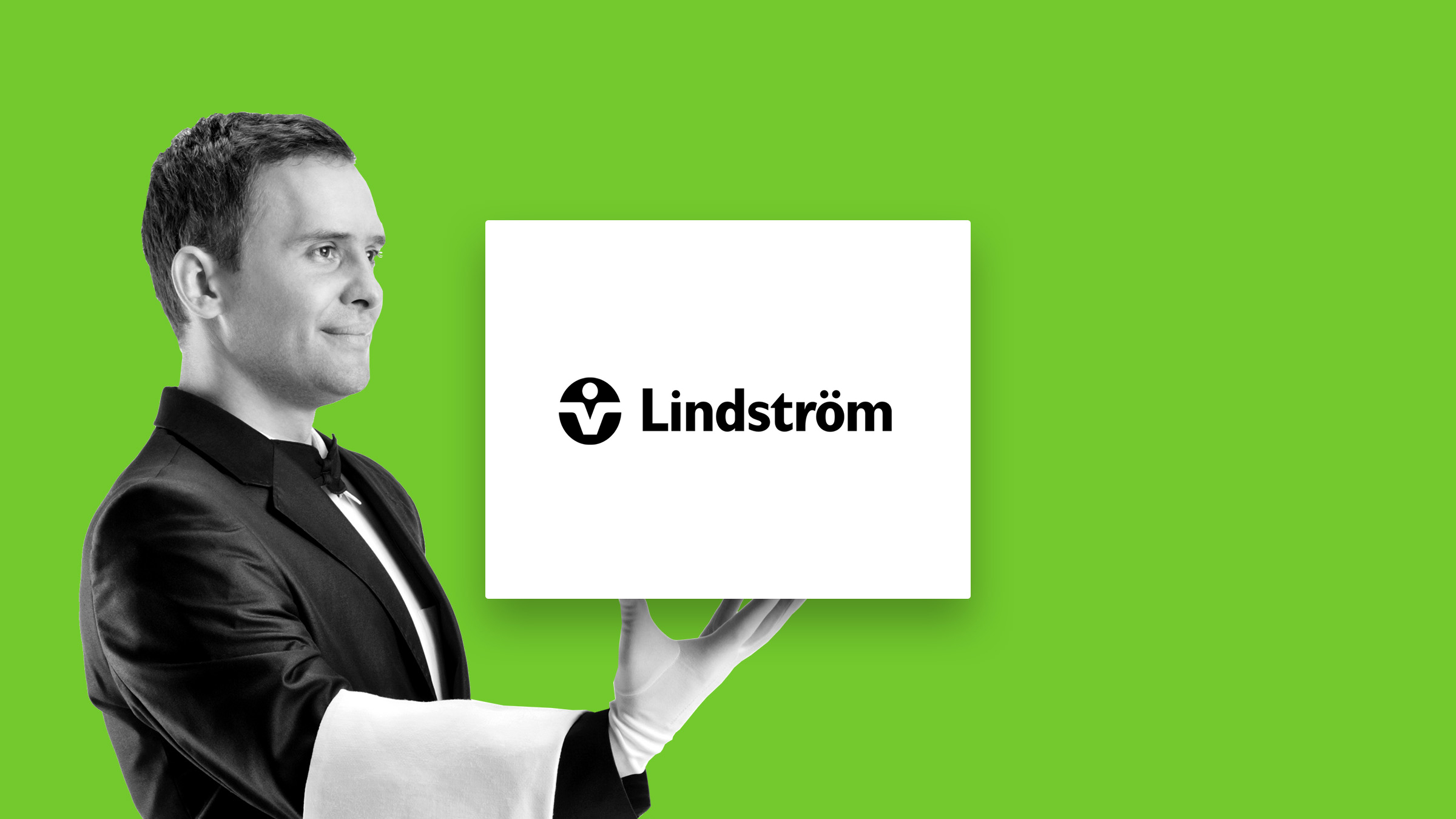Problem
Work uniforms tie up companies’ capital, and their management is often far removed from the company’s core business. Value is lost when uniforms are discarded or replaced too early in their life cycle.
Solution: work uniforms as a service
In the service offered by Lindström, work uniforms are taken to a regional service centre for maintenance at regular intervals, and a new set of uniforms is delivered to the customer. To optimise the customer and user experience, the uniforms feature RFID chips which are used to collect data on the use and maintenance of workwear during their life cycle. Lindström uses intelligent technology that gives a real-time view of the amount, use and circulation of workwear for the customer as well.
Over their life cycle, garments are allocated to appropriate applications – as work uniforms or for other purposes – based on their condition. As the owner, Lindström has an interest in maintaining the garments in good condition to ensure a long useful life for them.
Revenue logic and benefits to Lindström
A typical contract term is three years, which ensures steady revenue streams for Lindström. It also gives Lindström opportunities for cross-selling other services, such as carpets and personal protective equipment. The business model supports high levels of customer retention and satisfaction.
Benefits to customers
Companies do not have to tie up capital in work uniforms or allocate resources to their management and maintenance. Customers have easy access to clean, serviced, safe clothes that meet the required quality standards. Management becomes easier with a joined-up operating model and streamlined costs.


















Recommended
Have some more.